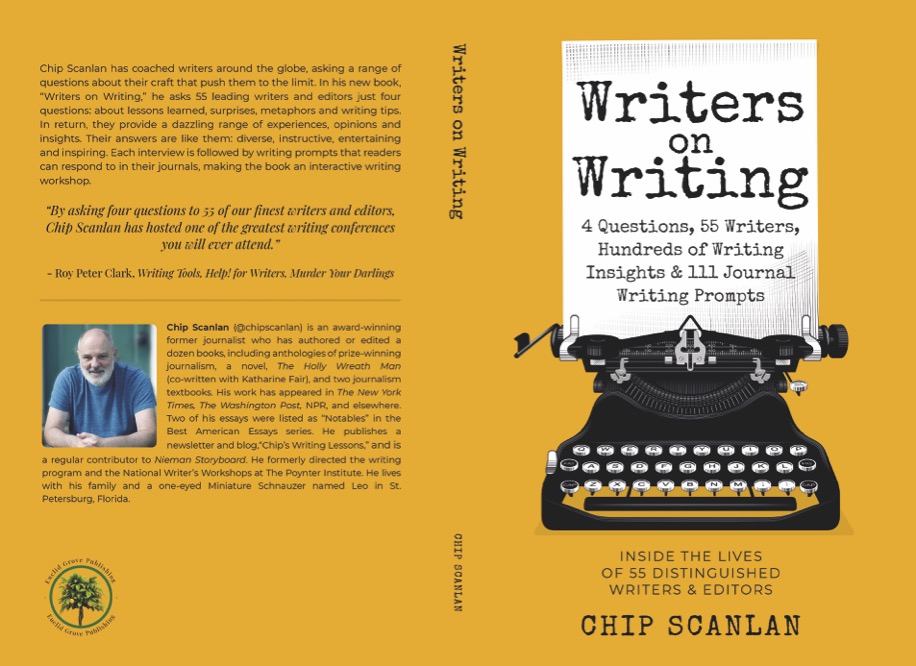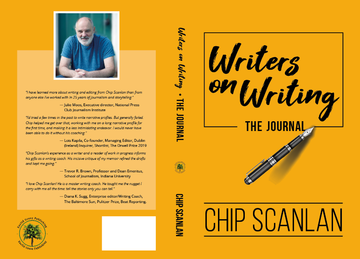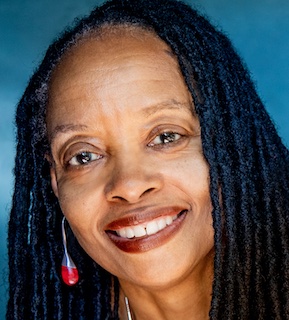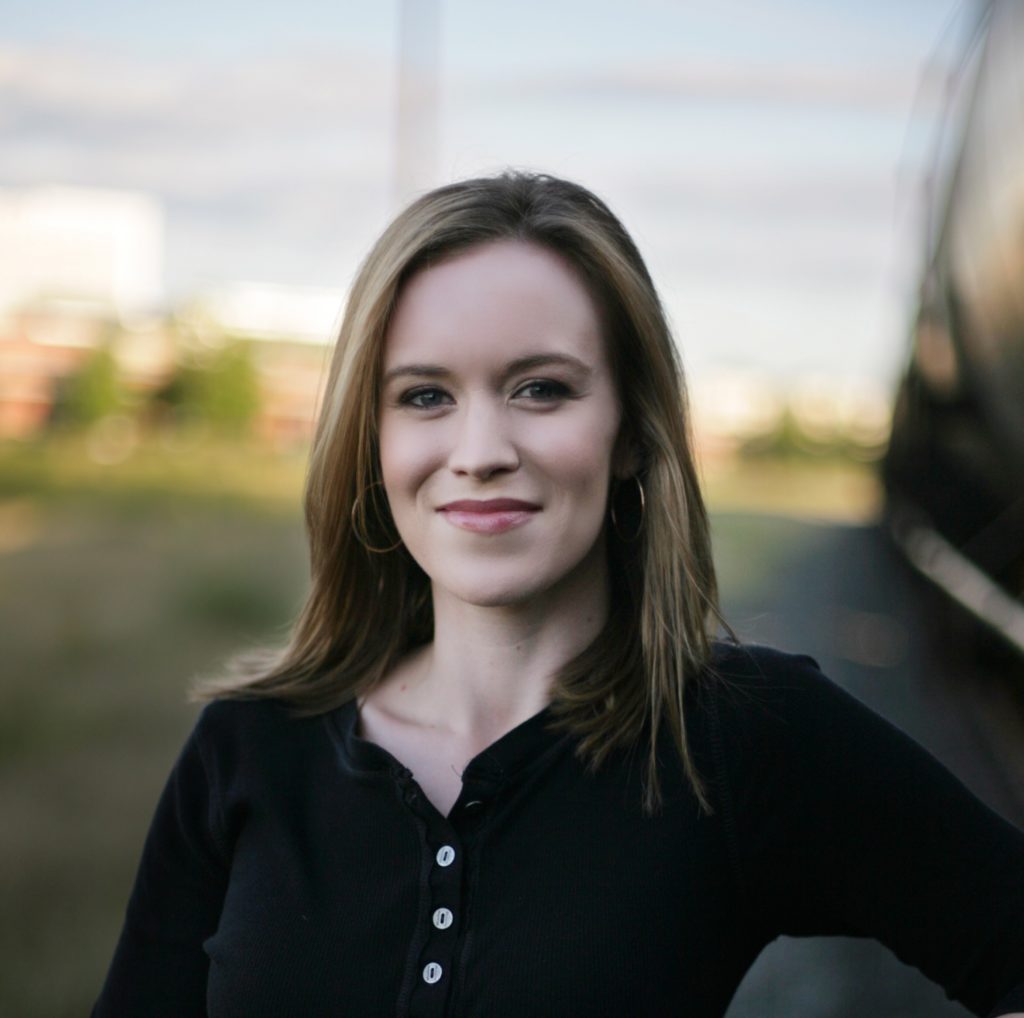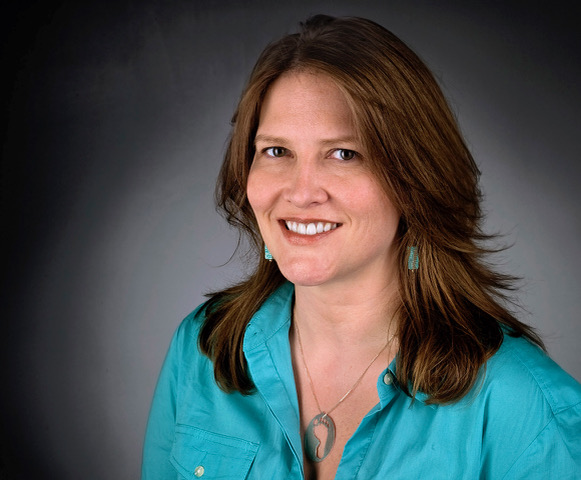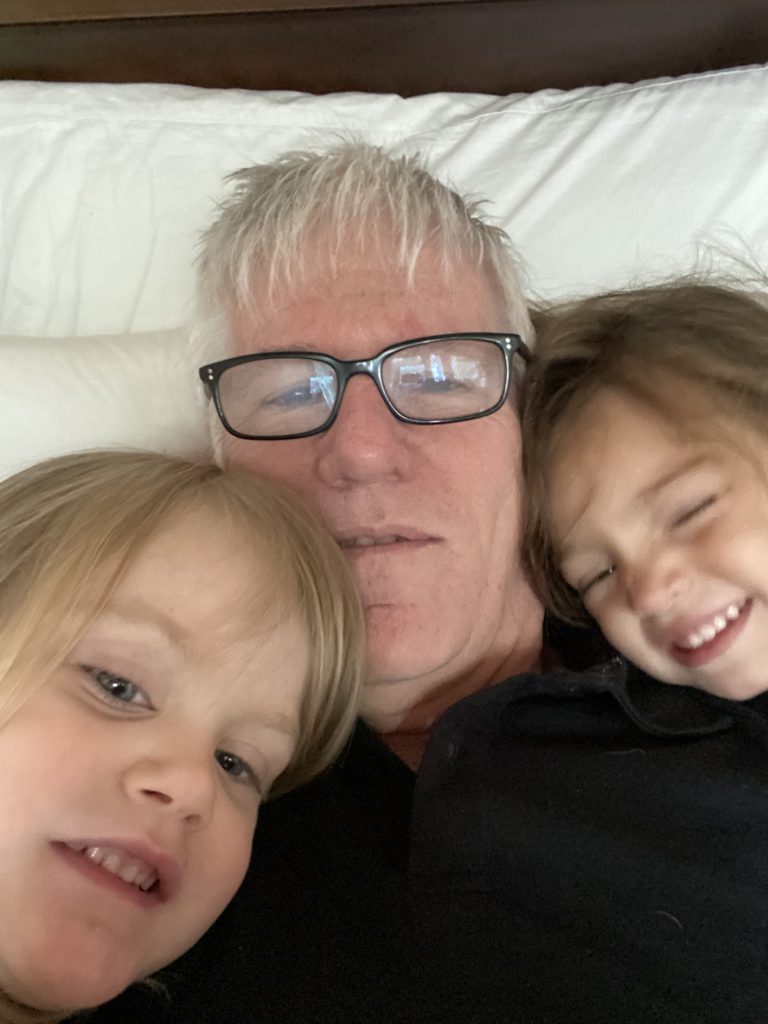Over the years, I’ve attended dozens of writing workshops. I’ve taught at some, while at others, I sat in the audience, scribbling furiously as craft tips tumbled from the lips of accomplished writers and editors.
I’d come home, pockets crammed with business cards, piles of handouts, scraps of paper with jotted emails and reading lists, a notebook bulging with quotes and a contact high from a day or weekend surrounded by inspirational talk about my craft.
Invariably, however, the excitement would wither and I’d forget the great lessons I learned.
The other day, I came across a column I wrote for Poynter Online after a National Writer’s Workshop in Hartford in 2003. Until the early aughts, Poynter teamed up with newspapers around the country to stage these weekend-long gatherings that brought writers and speakers together to share crucial lessons about writing and editing. Reading over the piece, I realized that keeping track of a speaker’s central message could keep alive the spirit of those heady two days. Here are ten lessons that stuck:
1. Identify an ambition. For Mark Bowden, author of “Black Hawk Down” and other best-selling narrative nonfiction, the secret of success lies in his habit of thinking big and doing stories that scare him. Try his method and pick a story “you’re not sure you can do.”
2. Figure out what your editor wants. “Editors are looking for ways to say yes,” said Debra Dickerson, who told the story of her rise from sharecropper’s daughter to best-selling writer. One easy way: ask your editor what she wants from you.
3. Put a snatch of dialogue in your next story. “Dialogue makes you feel like you’re actually there,” said literary journalist Walt Harrington. Start listening — and writing down — what people say to each other, whether it’s two council members battling over a proposal or two kids talking about their favorite Harry Potter “Bertie Bott” jelly beans. You can do the same with physical description, a scene, or any of the other elements of storytelling.
4. Dig out your copy of “To Kill a Mockingbird.” Lynn Franklin advised writers to do what scientists do: “stand on the shoulders of giants.” Harper Lee’s classic tale of racism in a southern town is full of lessons about how to write about characters and place; John Steinbeck’s “Of Mice and Men” can teach you how to foreshadow and William Faulkner’s short story “The Barn Burning” is rich with lessons about symbolism, rhythm and pace.
5. Think like a storyteller. Ask the kinds of questions that Lisa Pollak, the former Pulitzer Prize-winning feature writer for the Baltimore Sun, poses to herself:
• Who in this story has something at stake?
• Who is most affected?
• Who is nobody paying attention to?
• What about this story moves me? (Pollak’s favorite)
6. Get in the game. More than one writer this past weekend asked “How do I break in … on a magazine, writing creative nonfiction, the job market, writing a risky personal story?” There’s only one way, and that’s to take the first step — submit a story or a pitch — and not be deterred when you get rejected. Rejection is part of the writing life, and may not have anything to do with your story; your piece may really not meet a publication’s needs at this time. One Hartford speaker, small press publisher and novelist Ira Wood, counseled against heeding criticisms in rejection letters: consider rewriting only if you see a definite trend in editors’ responses. So write that pitch, finish that story even if you worry no one else will care or pick a subject that interests you and start reporting.
7. Become a document freak. That’s what helped Pulitzer Prize winner Louise Kiernan, who teaches at Northwestern’s Medill School of Journalism, share the award for explanatory journalism with her colleagues while at the Chicago Tribune. Follow the paper trail–court records, police reports, transcripts–and then mine them for the details that are a storyteller’s gold.
8. Stop introducing the person with the camera as “my photographer.” R-E-S-P-E-C-T for your newsroom’s other craft disciplines, said Poynter’s visual journalism leader Kenny Irby, is the key to better collaboration and news storytelling.
9. Pick a perennial. Want to take a stab at the kind of riveting storytelling that Oregonian Pulitzer winner Tom Hallman Jr. talked about? Lower the risk by volunteering for one of those assignments journalists grudgingly have to write about every year (post-Thanksgiving shopping day, the day-after Christmas stampede to return presents, the circus comes to town, etc.) and use the occasion to try a narrative — a story that follows a store manager, or a bored husband, a circus first-timer. (Make sure you file a sidebar with the obligatory numbers, Chamber of Commerce quotes, etc.).
10. Before you write, ask The Washington Post’s David Von Drehle’s four focusing questions.
- What’s the point?
- Why does it matter?
- Why is this story being told?
- What does it say about life, the world, the times we live in?
Add one more: What is my story about in a single word? When you’re done, you’ll have a theme for your story and will likely have the first draft of a nut graf that sums it up for your reader.
The next time you have the good fortune to attend a writing workshop, take good notes. After the bloom fades, the lessons that captivated you but that you may have lost track of are there again for the picking.
